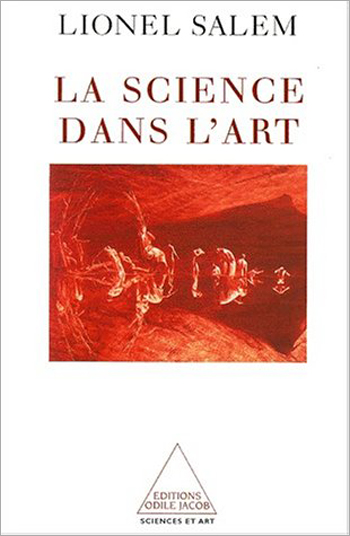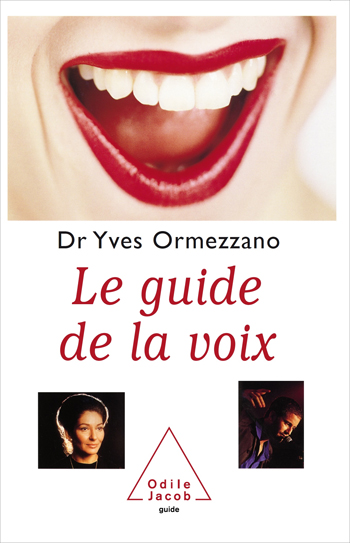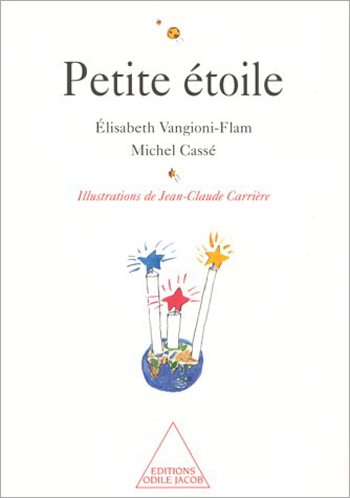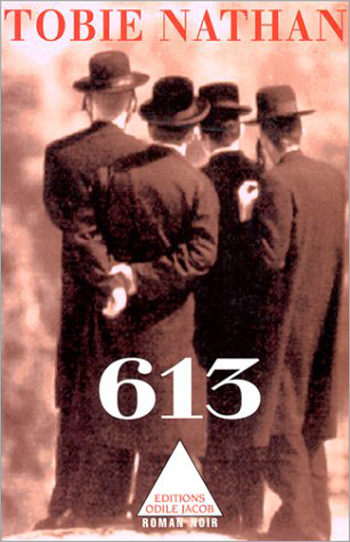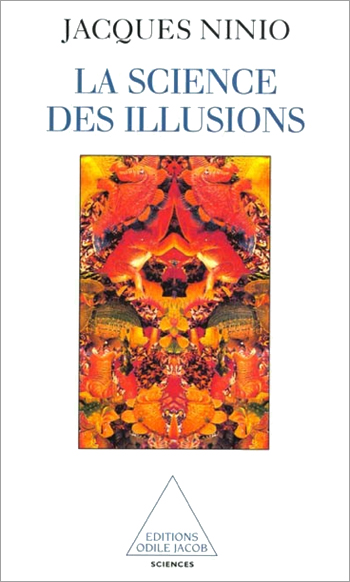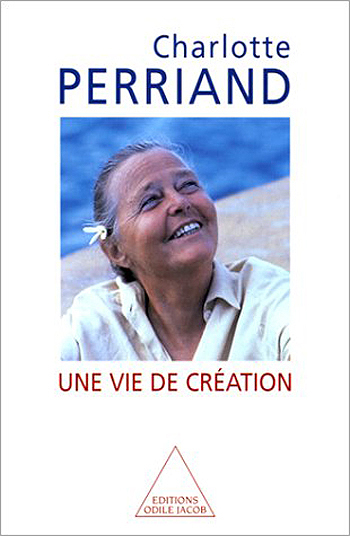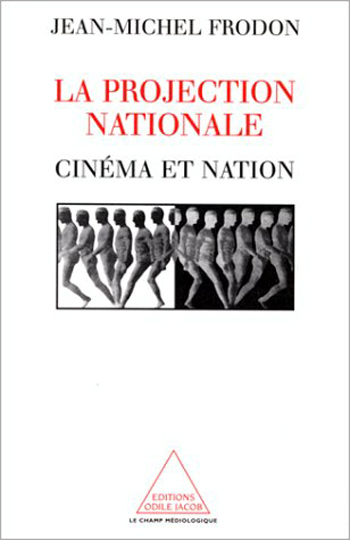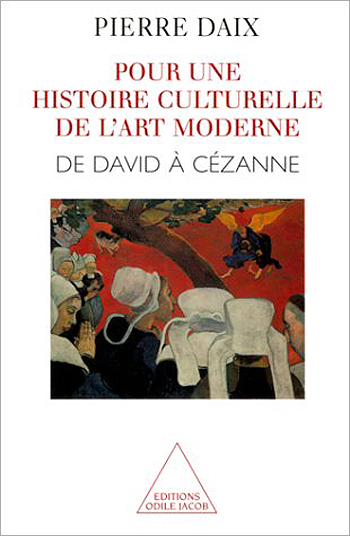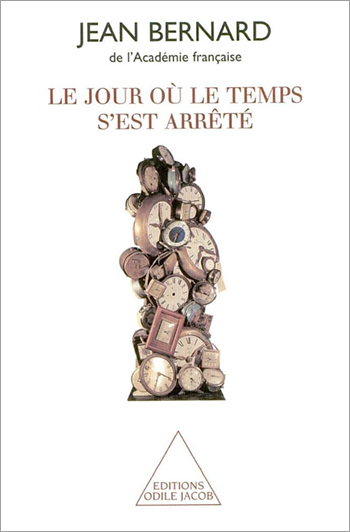Art and Literature All books
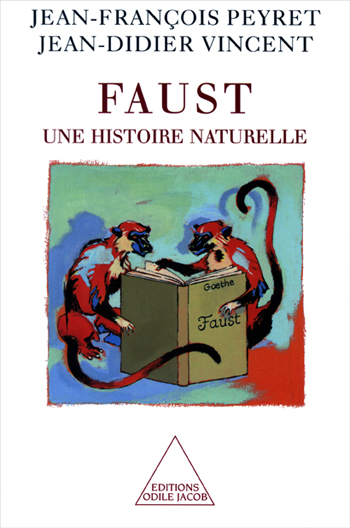
Jean-François Peyret, Jean-Didier Vincent
Faust A Natural History
It all began in July 1995, when theatre director Jean-François Peyret met with biologist Jean-Didier Vincent, in the latters lab. The intellectual exchange and friendship that developed from that meeting resulted, several years later, in a theatrical production based on a free adaptation of Goethes Faust, until then deemed unperformable. In this book, they look back on their production of Faust, and take stock of their experience. Their book can be regarded as a novel, a dialogue, a confession, a reinterpretation of Faust, or simply a mind game. Quietly and without ostentation, Peyret offers the reader a brilliant examination of the theatre today, and Vincent upholds his views more freely and strongly than ever before.
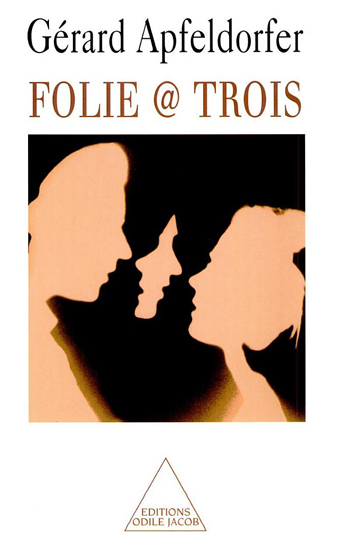
Gérard Apfeldorfer
Madness Multiplied by 3
Everything seems to be going smoothly for Doctor Crissie Weil, a dynamic psychiatrist who treats her patients through the Internet -until a mad lawyer moves into her building, steals Crissies husband and tries to sabotage her career. Crissie cannot accept such behaviour without fighting back. Quickly, the two female characters of this psychological thriller are locked in a love-hate relationship, on the very brink of madness. In the novel, we are made to reflect on the future of psychiatry, which is gradually being revolutionised by the Internet. In the United States, Britain and Italy, psychotherapy is now readily available on-line, and such services are also being developed in France. Gérard Apfeldorfer is a psychiatrist and psychotherapist.
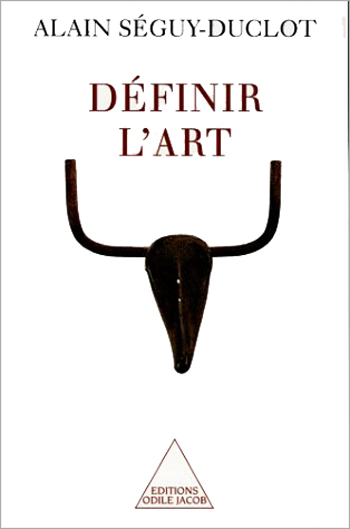
Alain Séguy-Duclot
Defining Art
The general consensus is that art is impossible to define and that the evaluation of works of art is always subjective. Countering these affirmations, Alain Séguy-Duclot shows in this work that art can, in fact, be defined. Duchamp's readymades (industrial objects in series, snow shovels, wine racks, etc) constitute a point of departure for this reflection. He argues that, rather than showing that art was undefinable, the readymades proved that art was definable. It is this that Séguy-Duclot sets out to prove in this incisive and passionate work. Alain Séguy-Duclot is a philosopher, and a professor at the University of Tours.
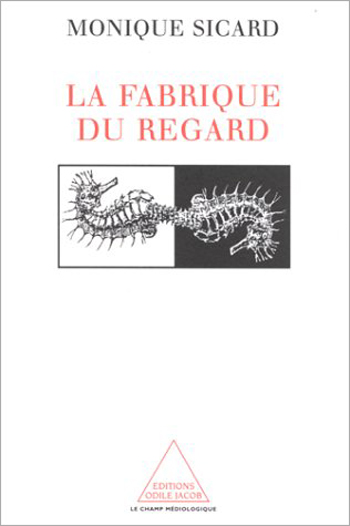
Monique Sicard
The Making of the Image
It was during the Renaissance that images and pictures were first used by anatomists, microscopists, and astronomers as scientific tools. In that era, scientific images served as a kind of inventory of the known world. In the 19th century, the popularization of scientific ideas gave science a new vigor. Photographic images gave science a new reality, explaining and legitimizing scientific concepts--movement, for example--to a fascinated public. In our days, the scientific image is often a construction--helping us to represent objects and ideas that, like fractals or black holes, cannot be defined through actual observation. Monique Sicard is Projects Director at CNRS Images Média.
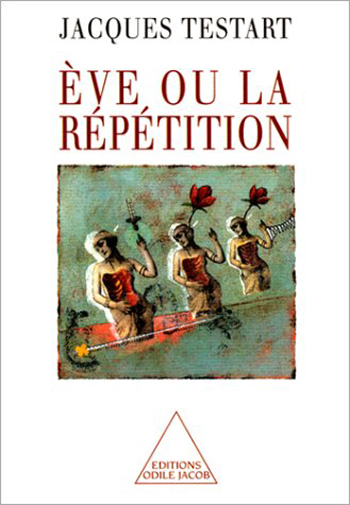
Jacques Testard
Eve, or the Clone ?
It's 2016 in Paris. Not much has changed, except that, now, a huge protective wall separates privileged neighborhoods from the surrounding slums, which are crowded which those of inferior genes. A member of the National Committee for Genetic Evaluation, young Eve observes the world around her without much soul-searching. That is, until the day when a series of strange e-mail messages turn her life upside down. Before his death, her father had discovered how to clone human beings. Has he tried out his discovery on his very own daughter? Part scientific fable, part story of love and suspense, Testart brings up ethical questions posed by the possibility of human cloning. Father of the first French test-tube baby, Jacques Testart is director of the in vitro fertilization laboratory at the Antoine-Béclère Hospital.
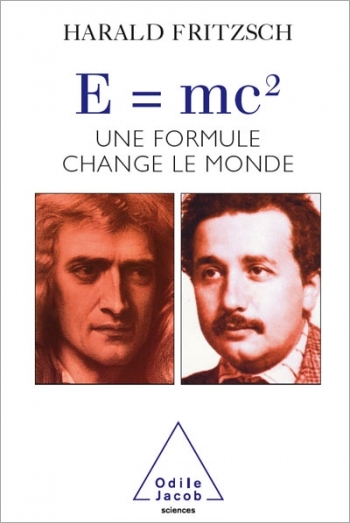
Harald Fritzsch
E=mc2 A Formula which Changes the World
An imagined account of a meeting between Einstein and Newton, described as a dream. It provides the occasion for a fascinating discussion between two scientific geniuses and a most effective way to be introduced to the mysteries of physics by those who have themselves revolutionised the field. Professor of physics at the University of Munich, Harald Fritzsch is also an associate professor at the CERN of Geneva, and at the California Institute of Technology of Pasadena, in California.
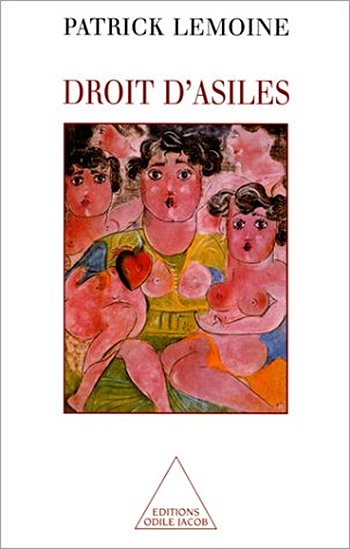
Patrick Lemoine
Right of Sanctuaries
This book is a detailed reconstruction of daily life at the Asile du Vinatier, a psychiatric institution near Lyon, from 1937 to 1945, a period marked by the earliest institutional attempts to treat mental illness. It was also the time when the blindness of administrative rules, the meanness of politicians, and the indifference of society at large resulted in a collective drama: the gradual extermination of mental patients. Patrick Lemoine is a psychiatrist and department head at the Hôpital du Vinatier in Lyon.

